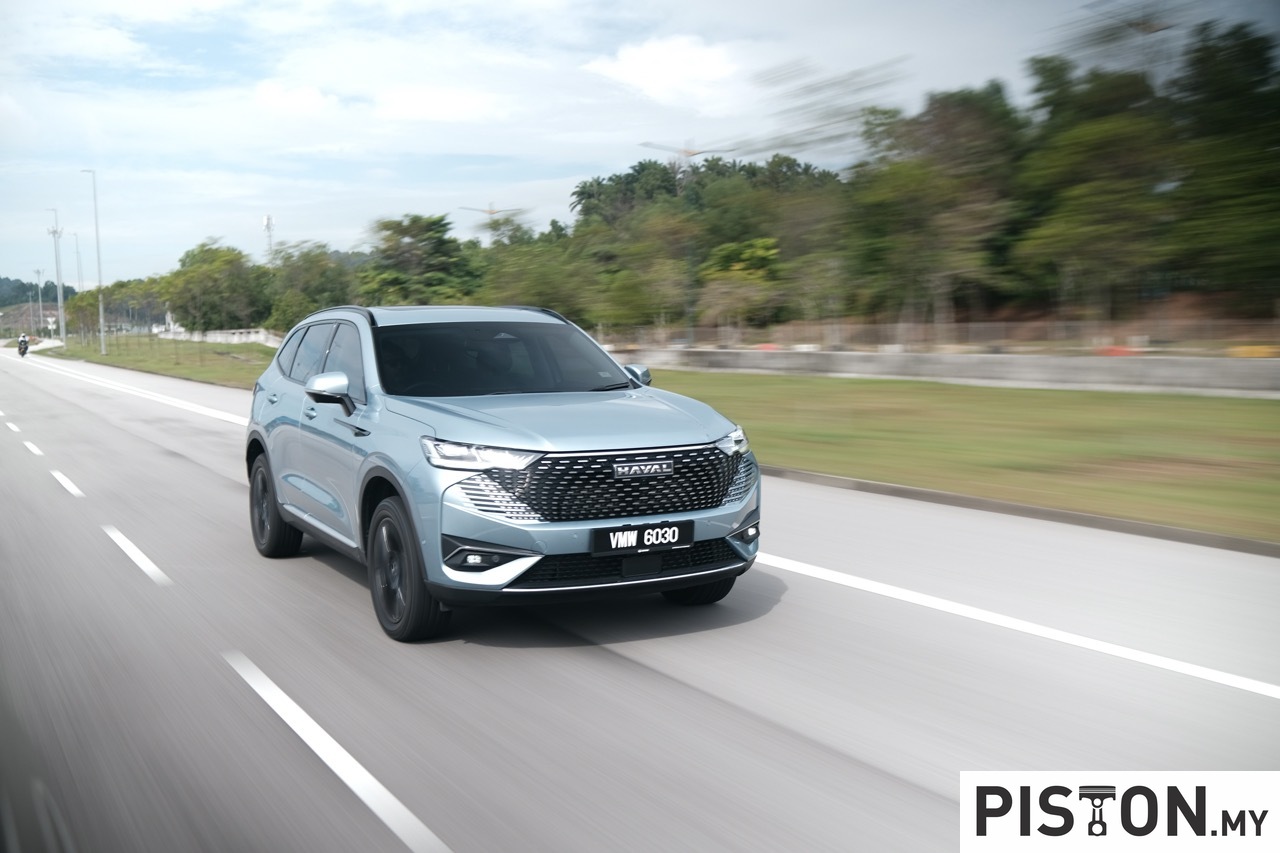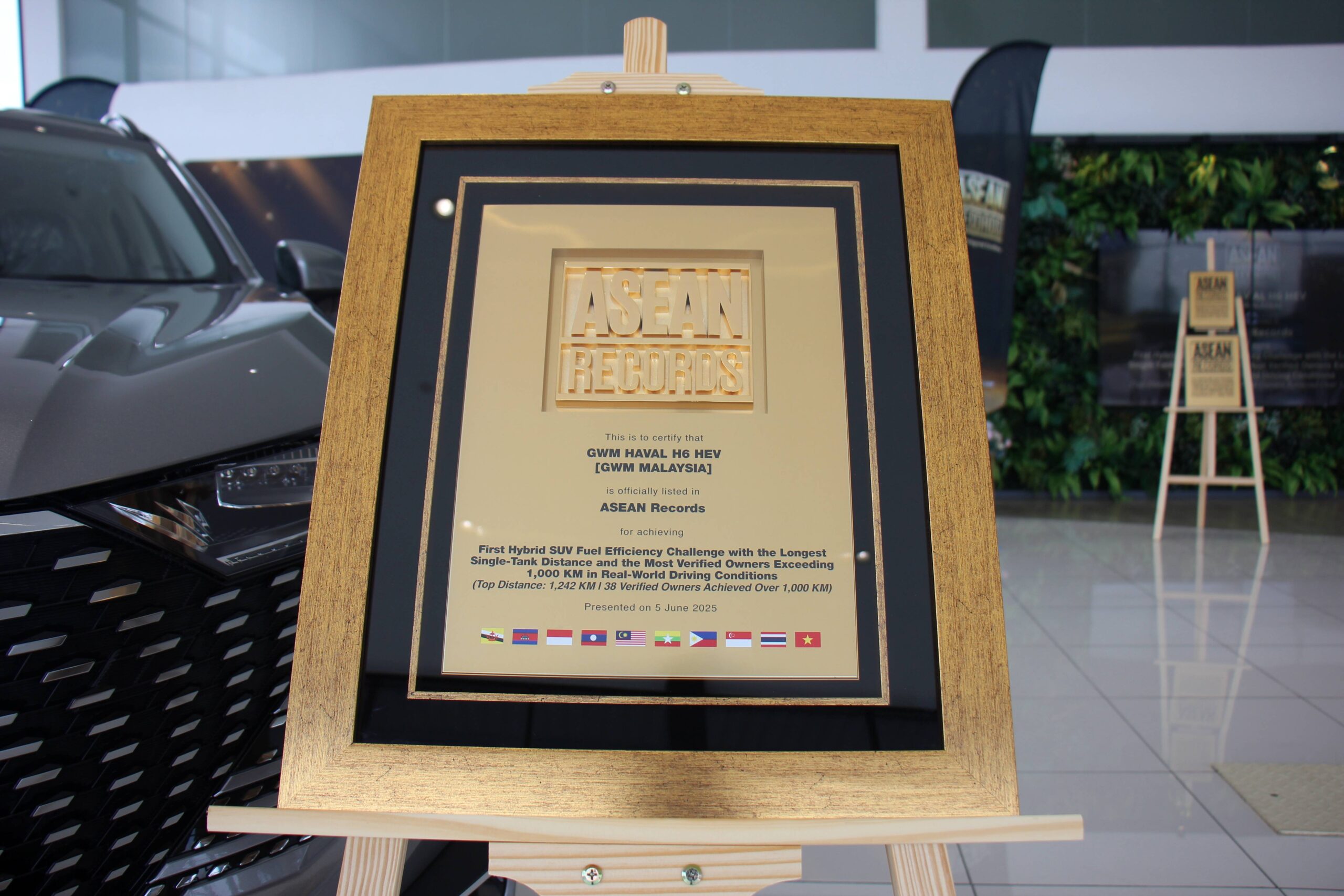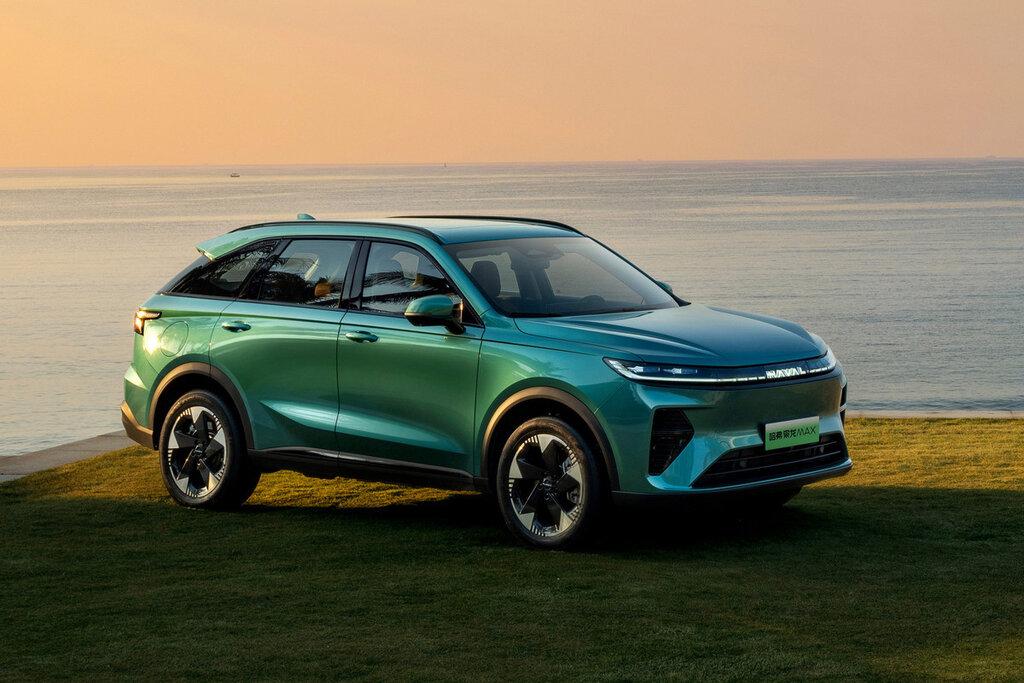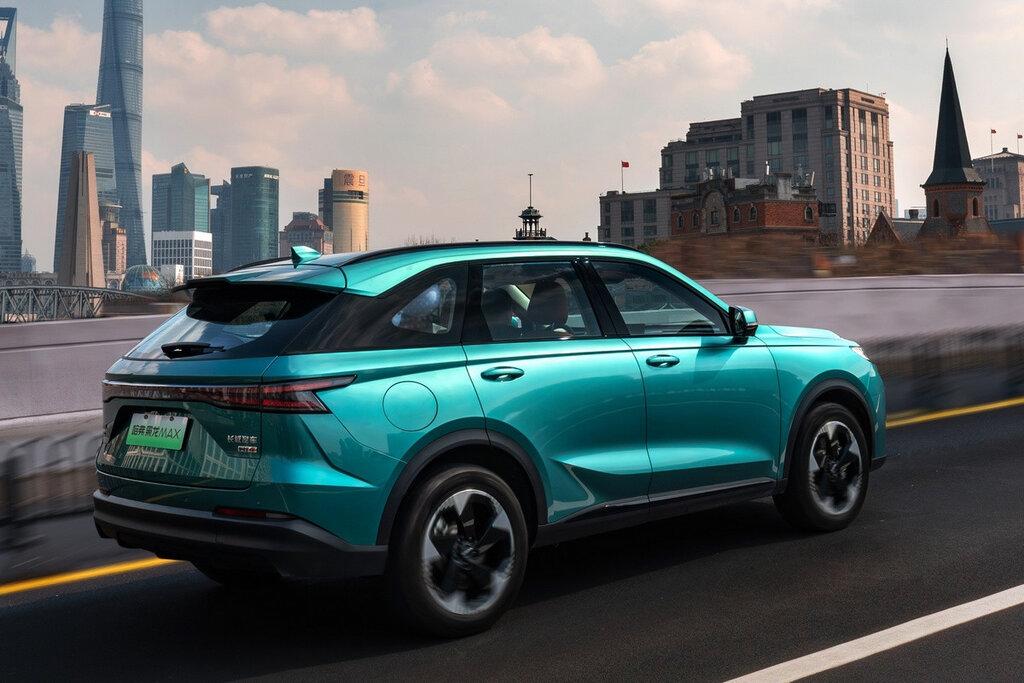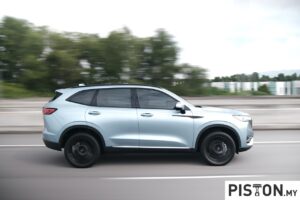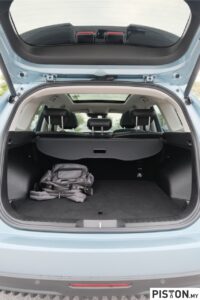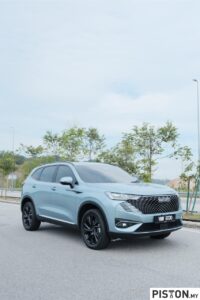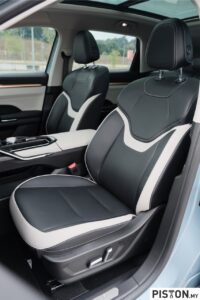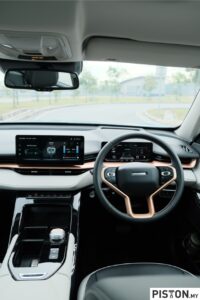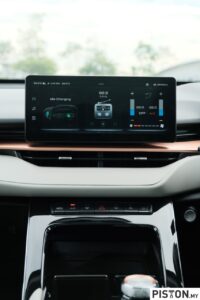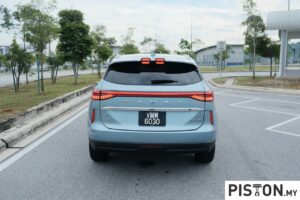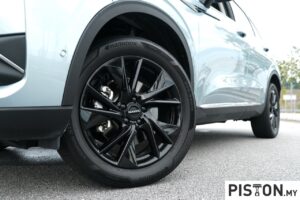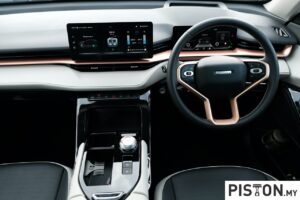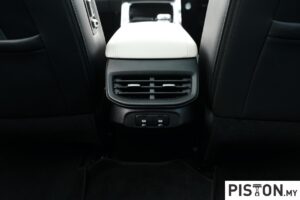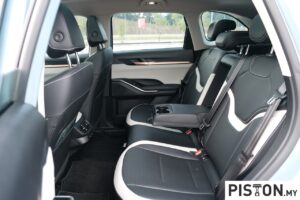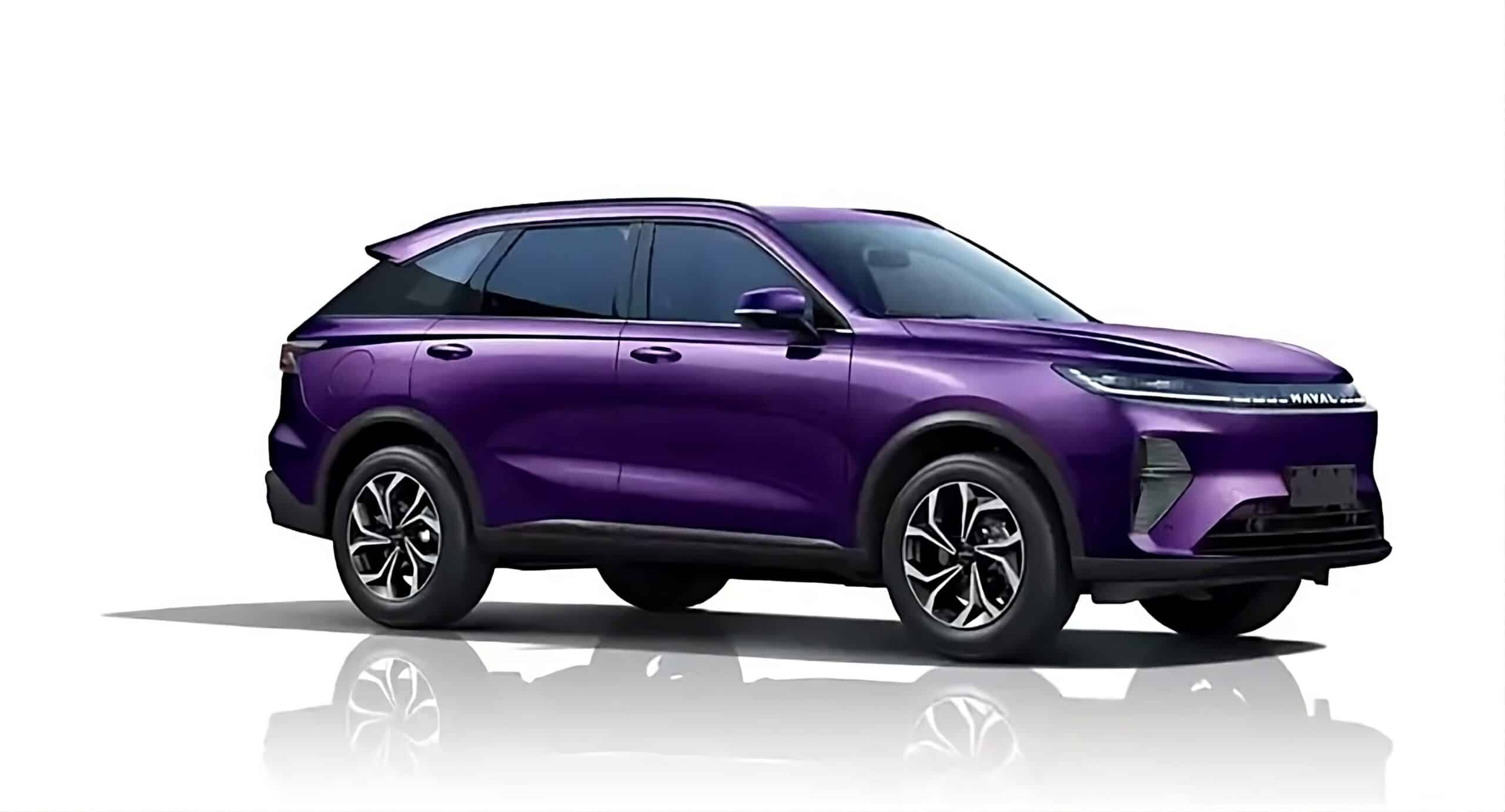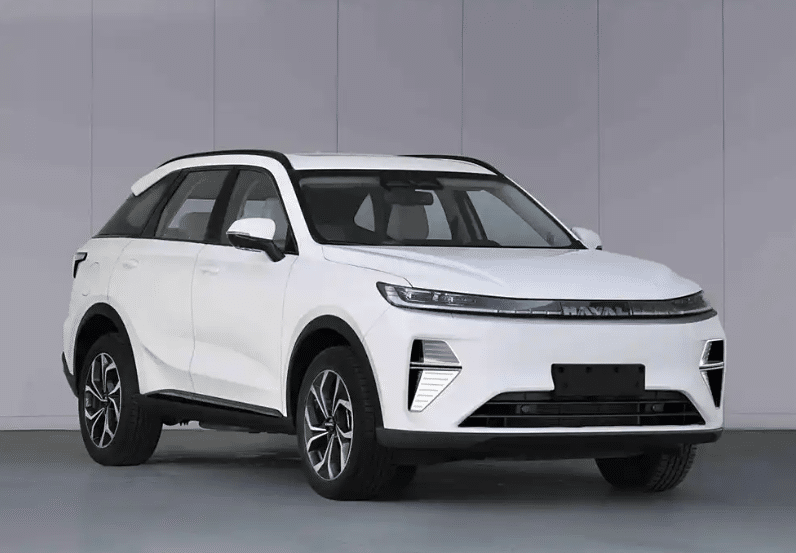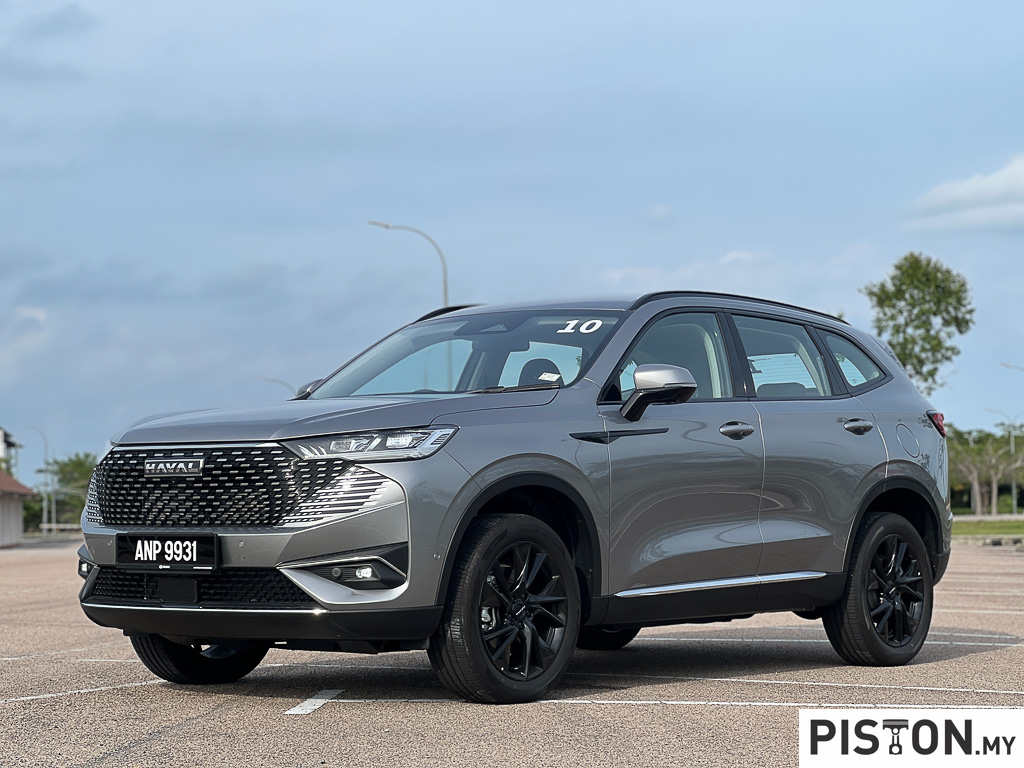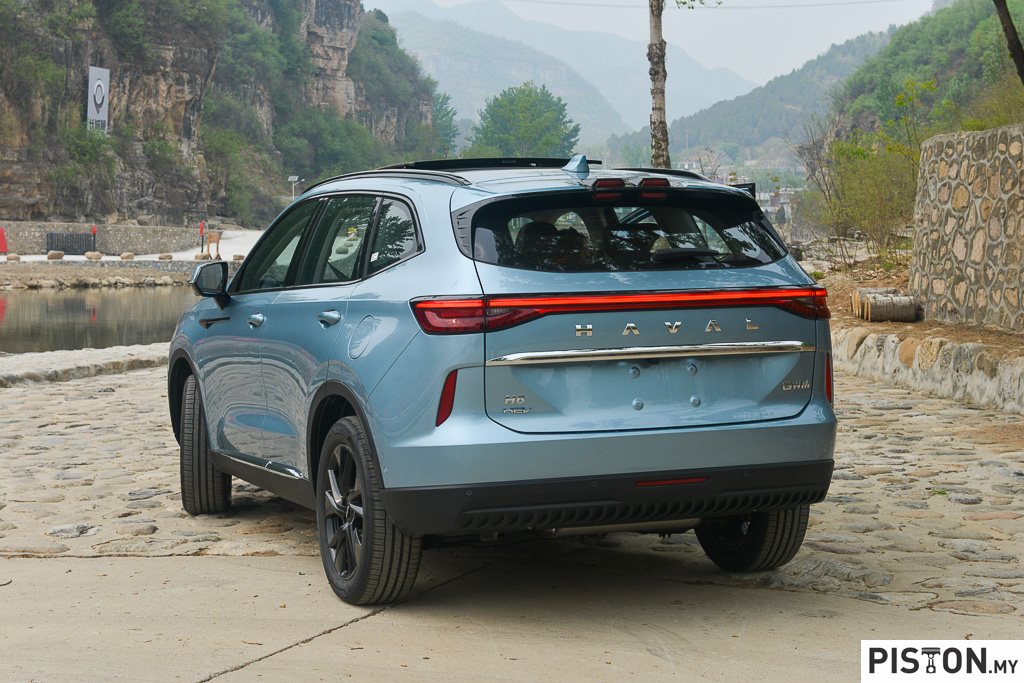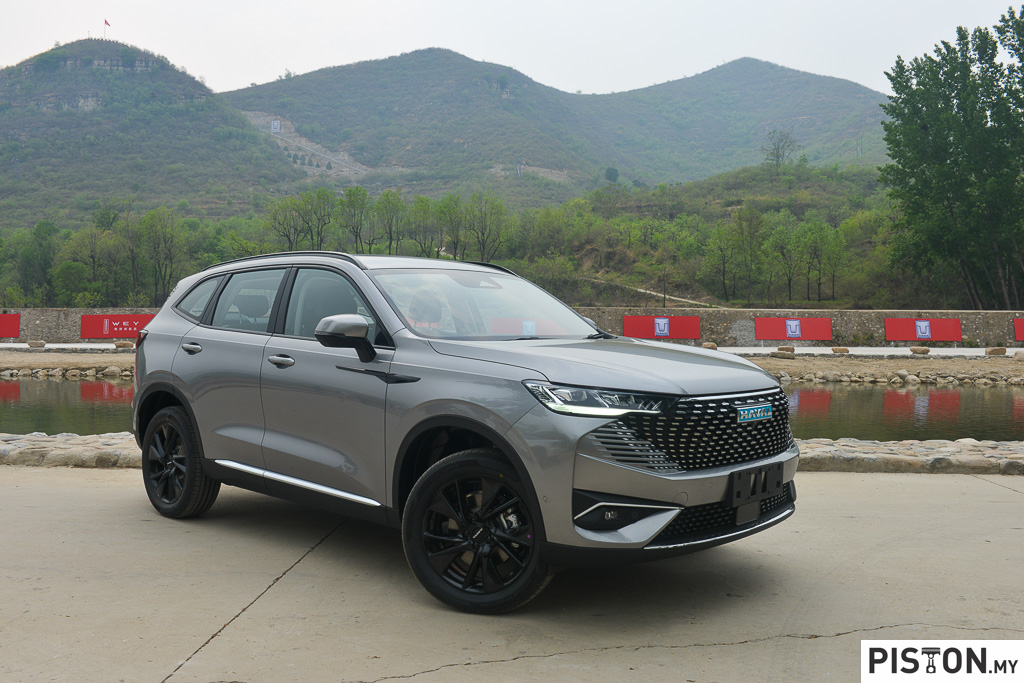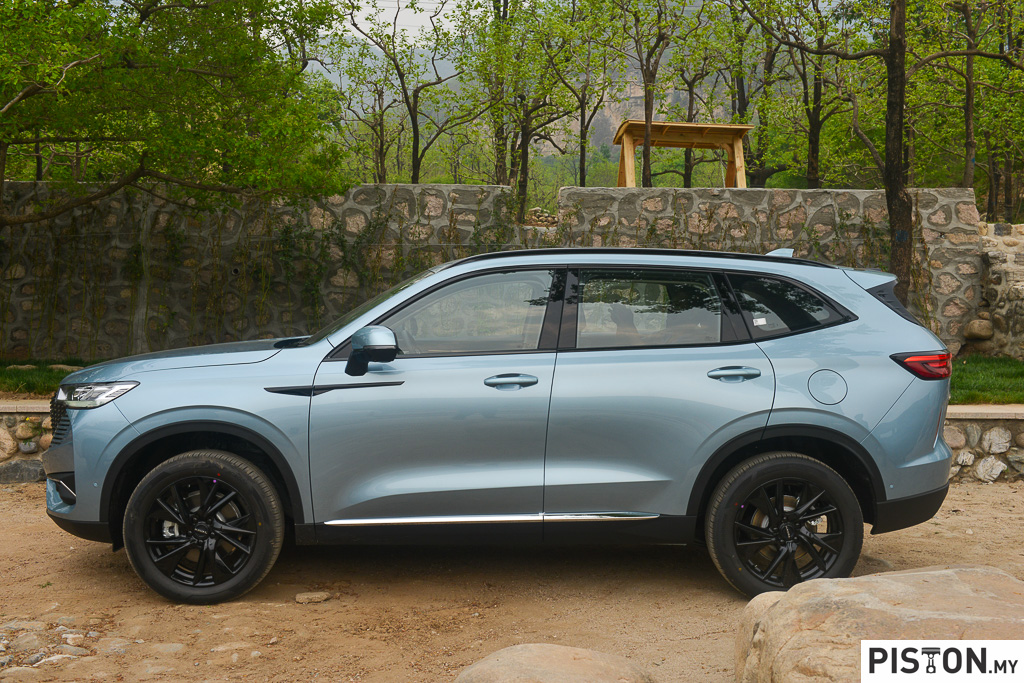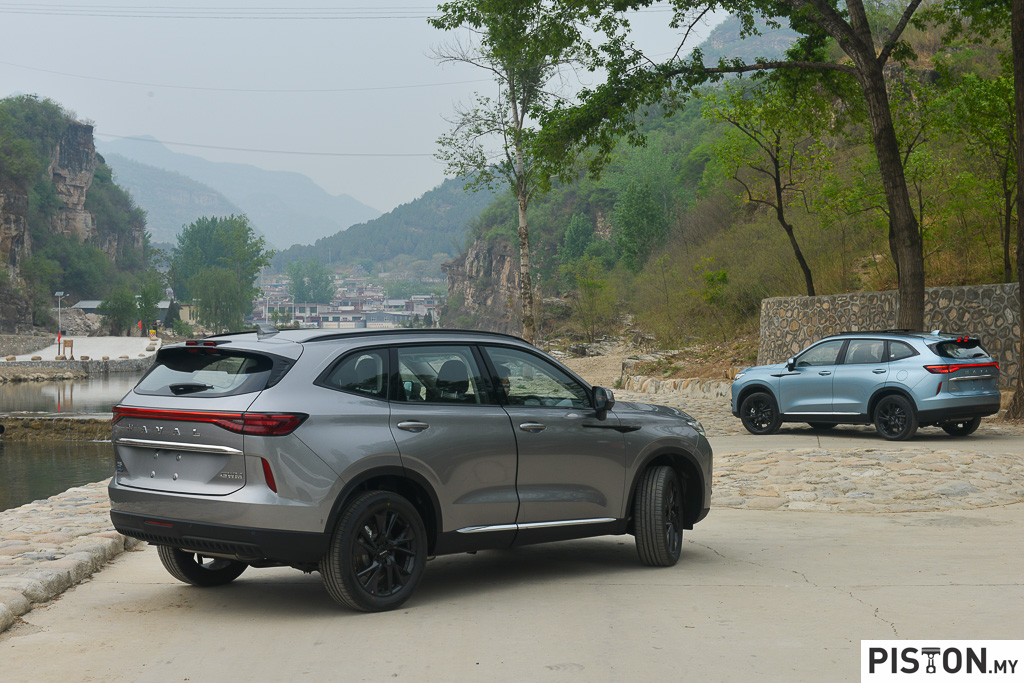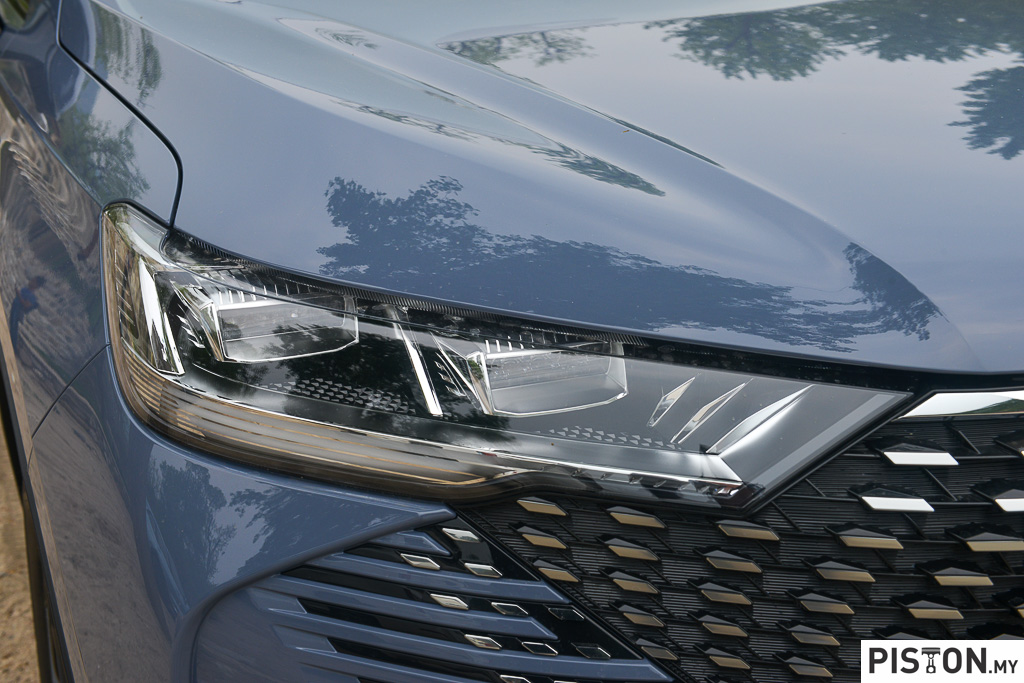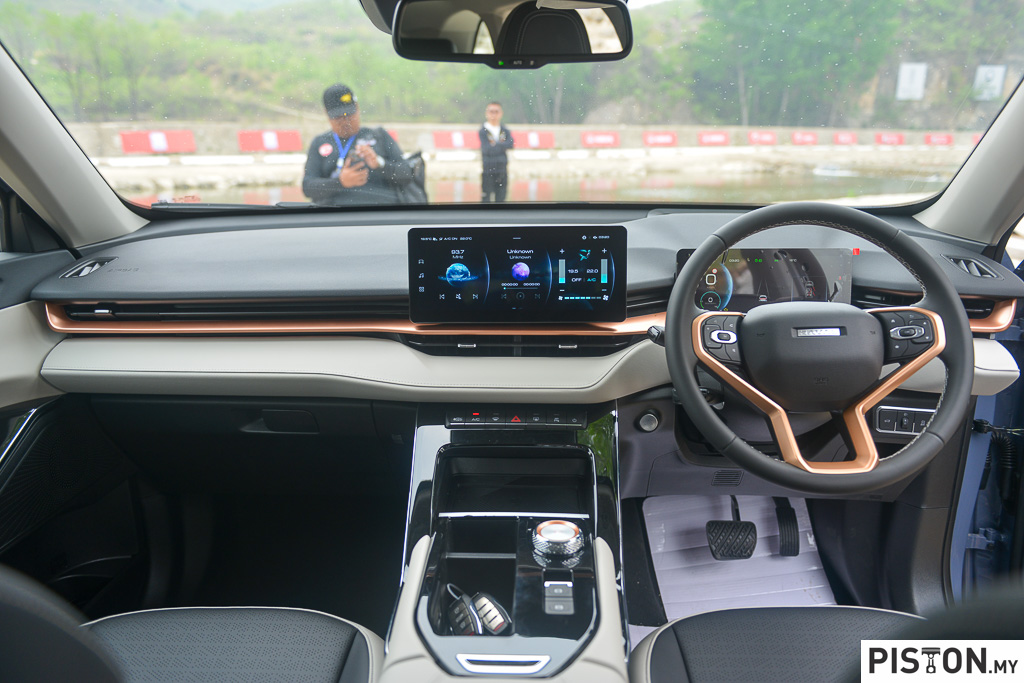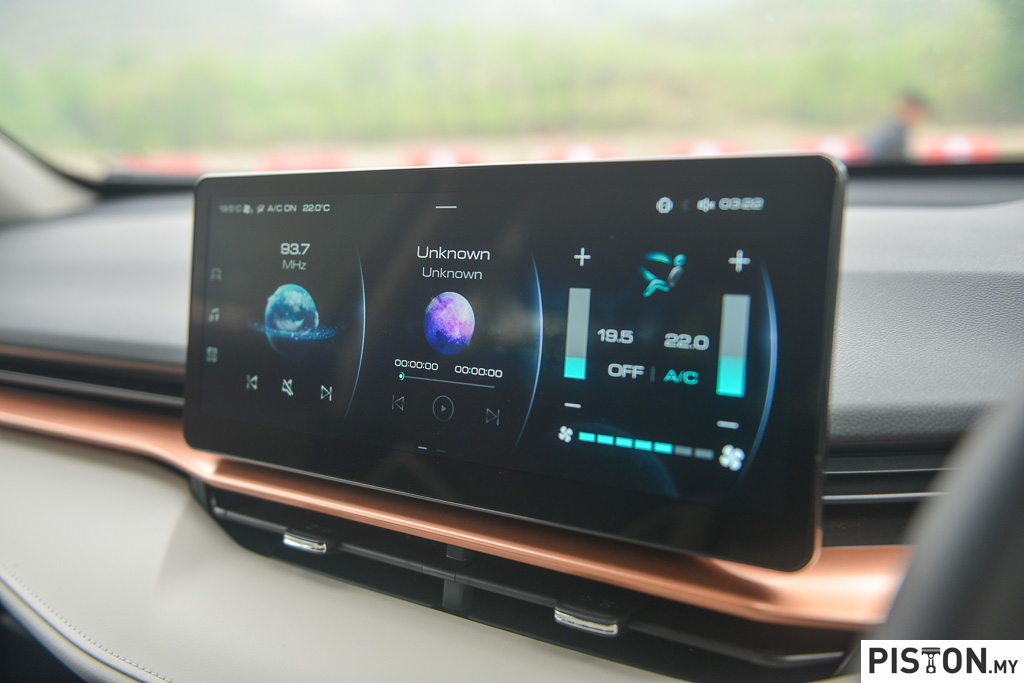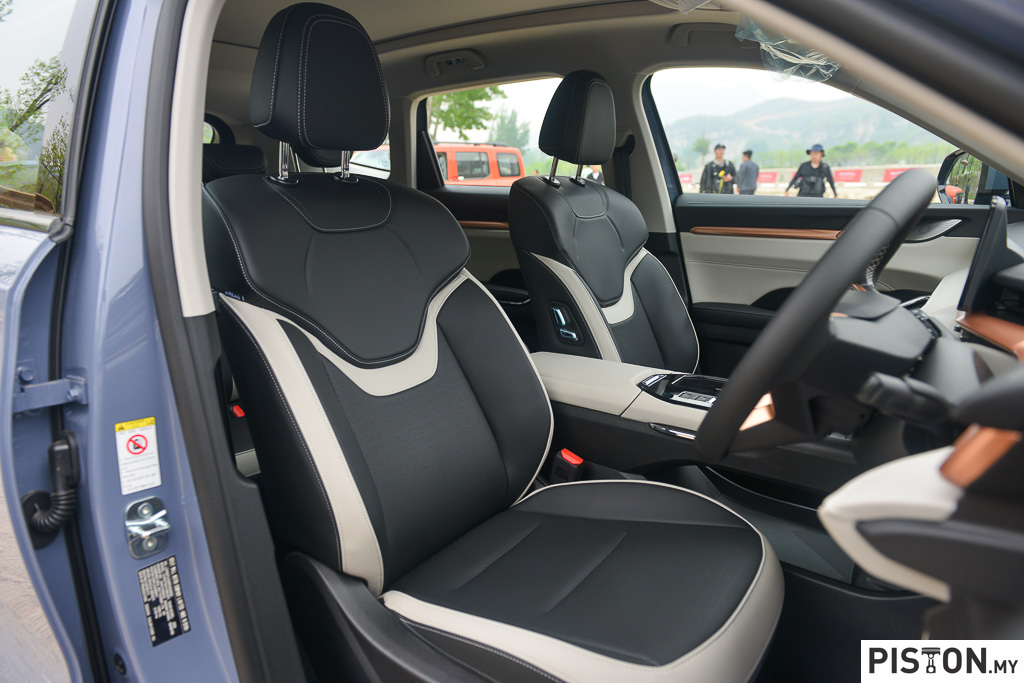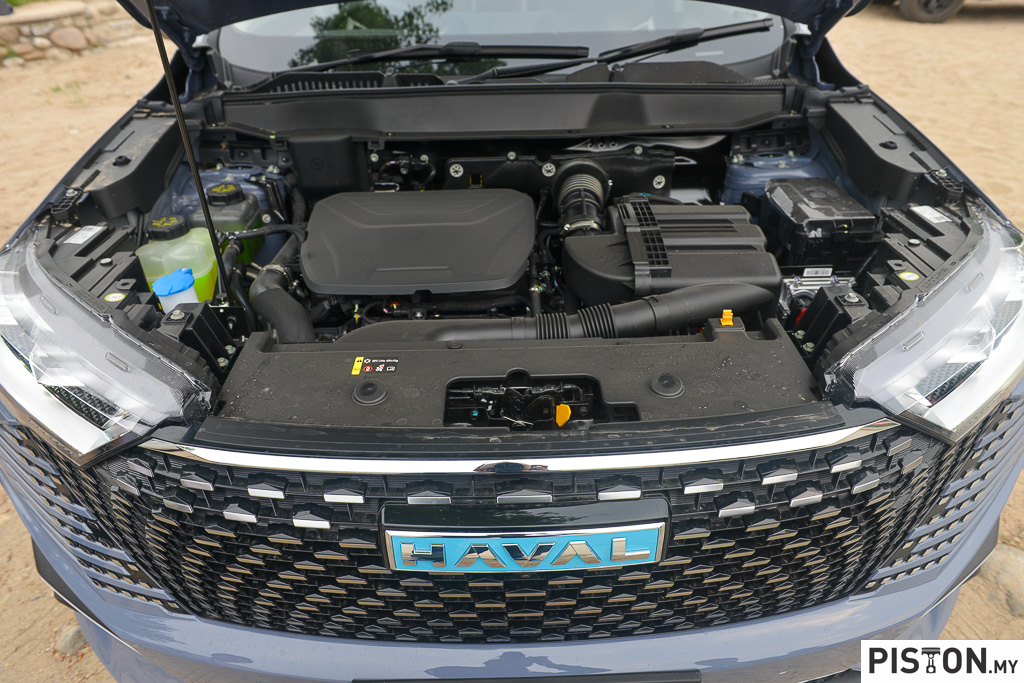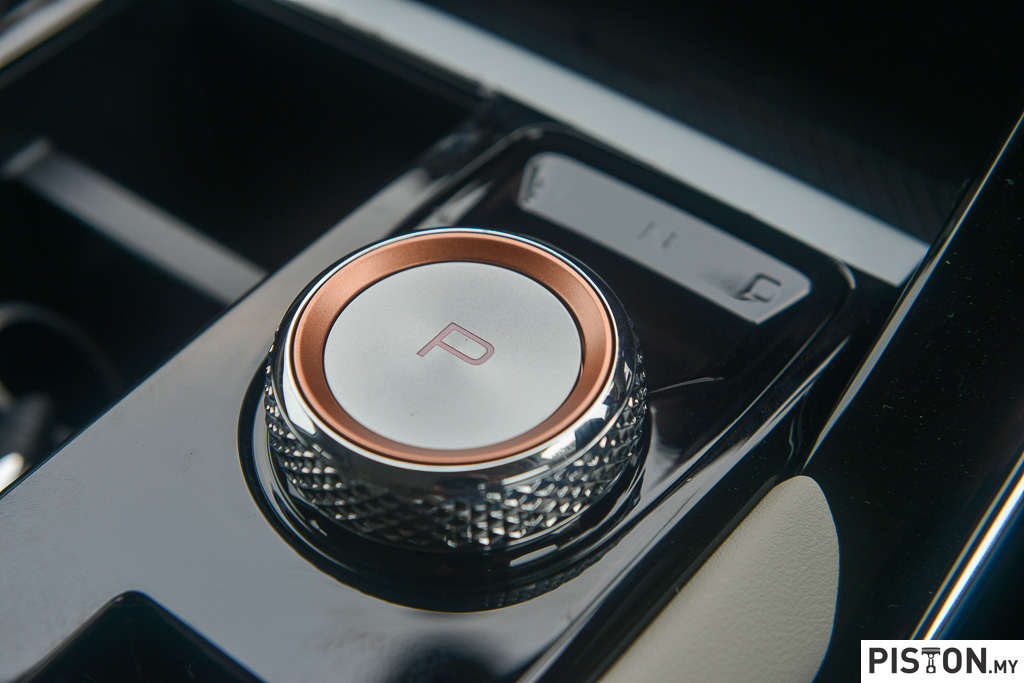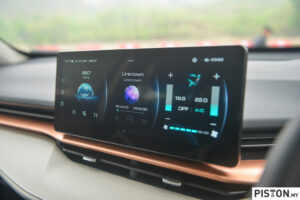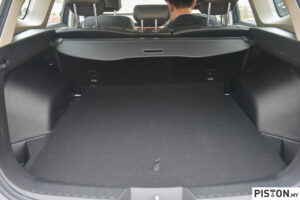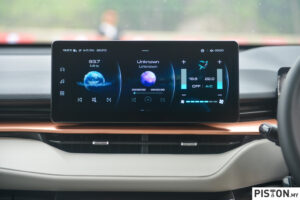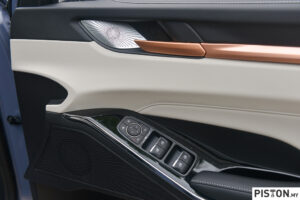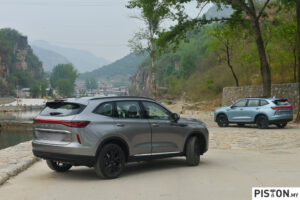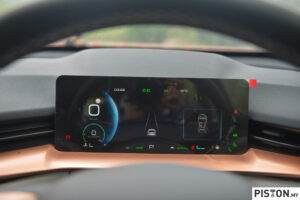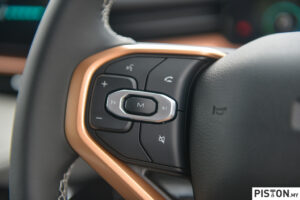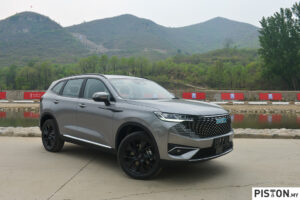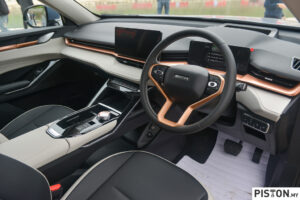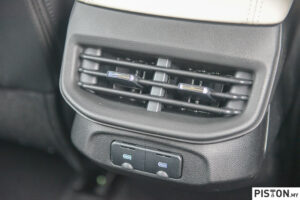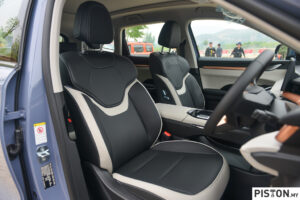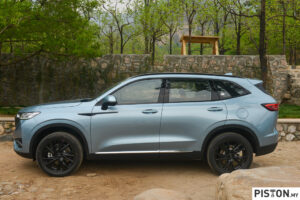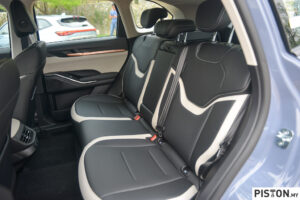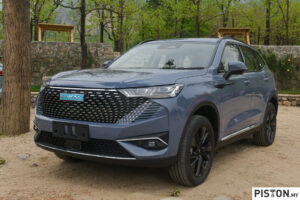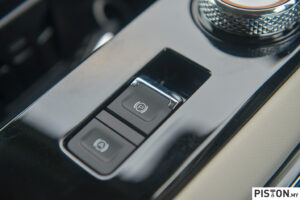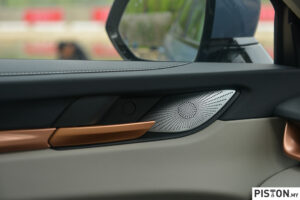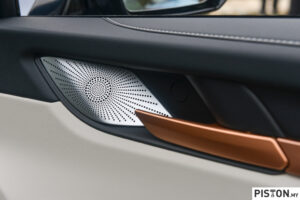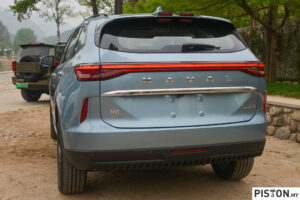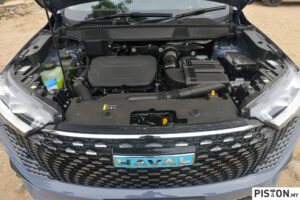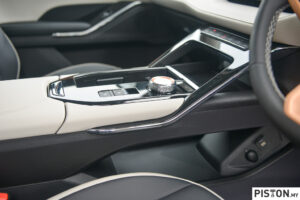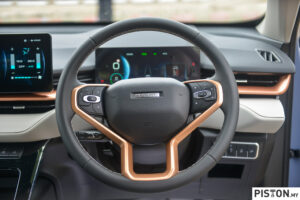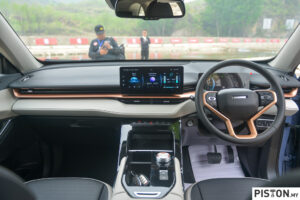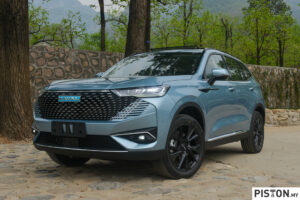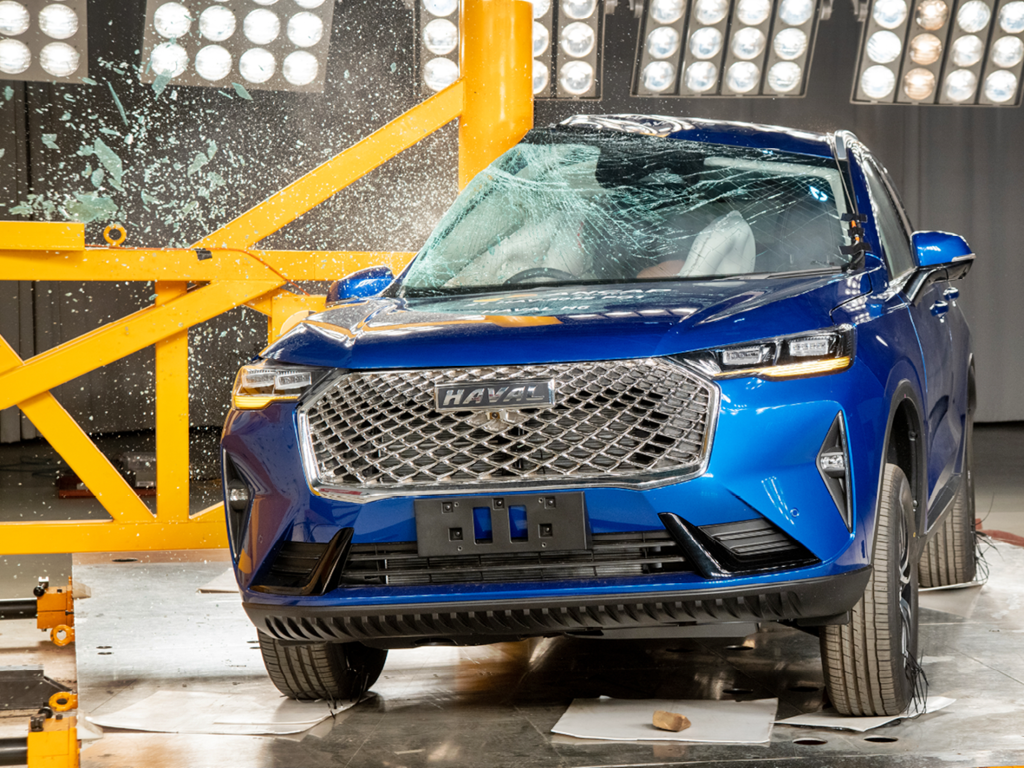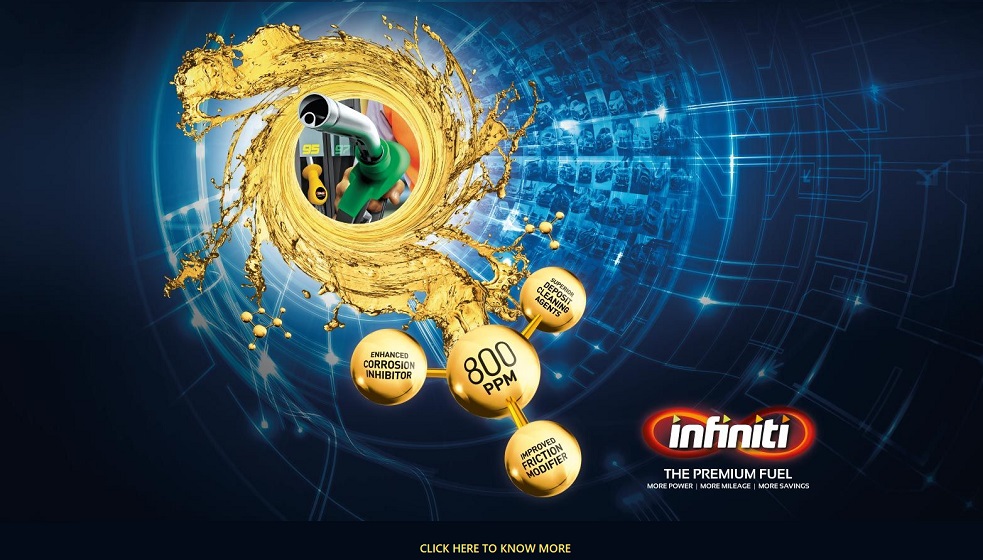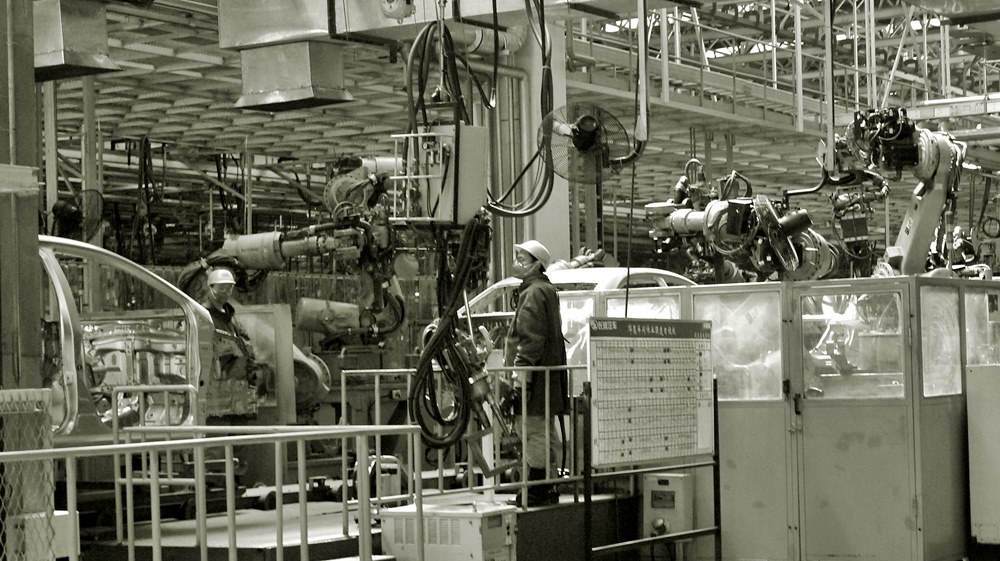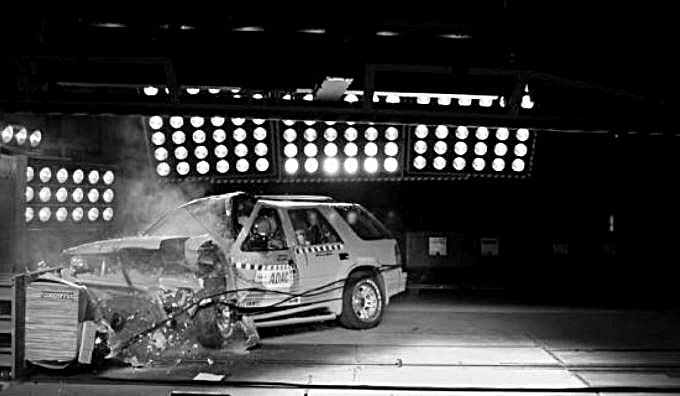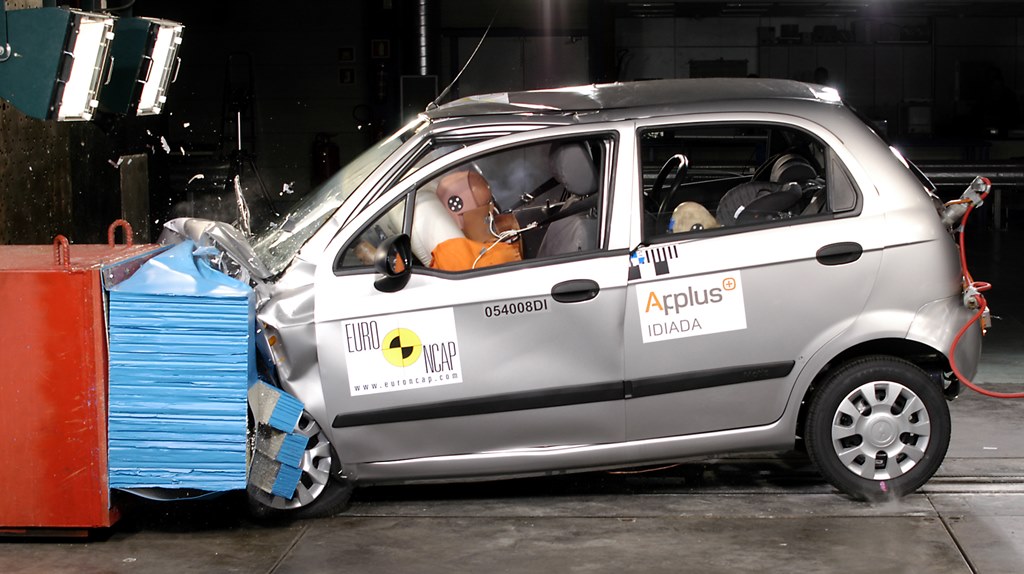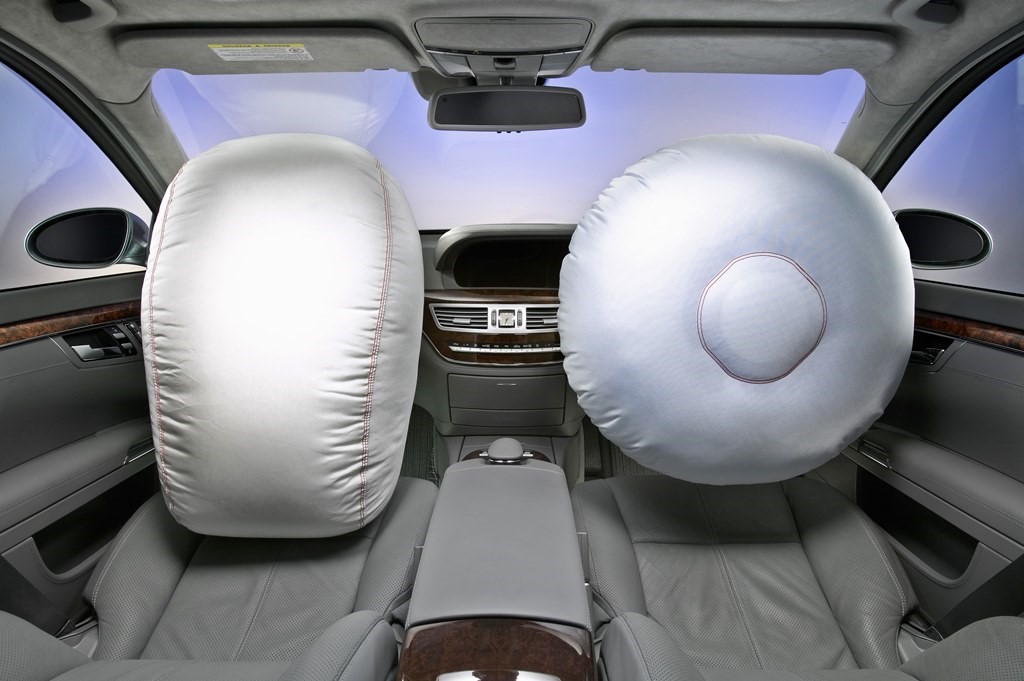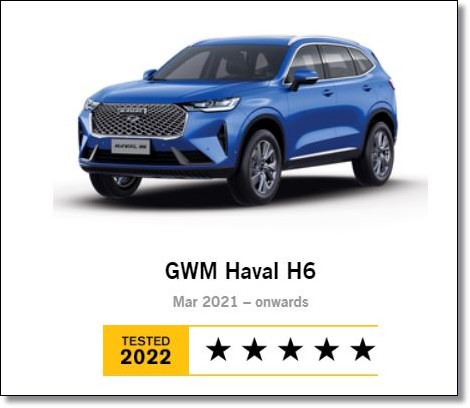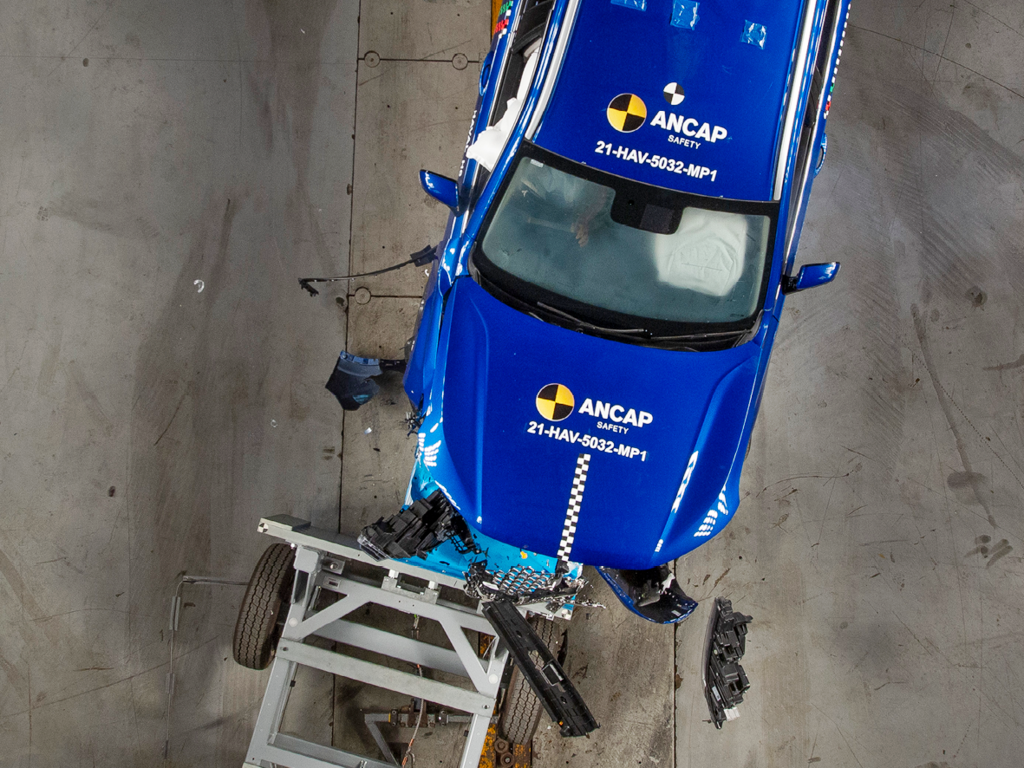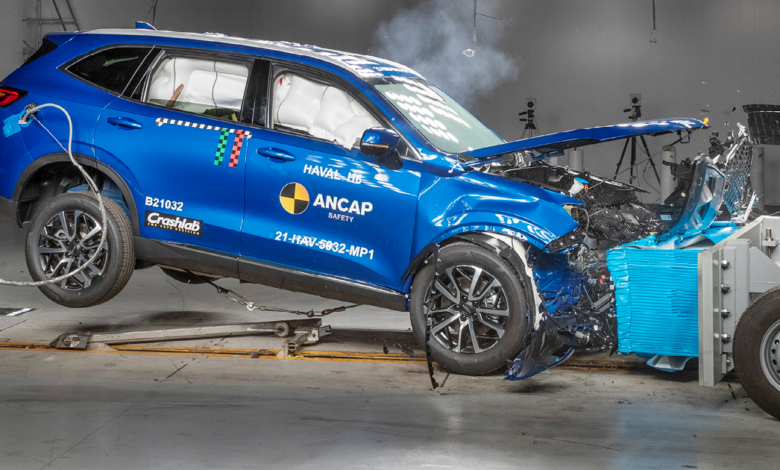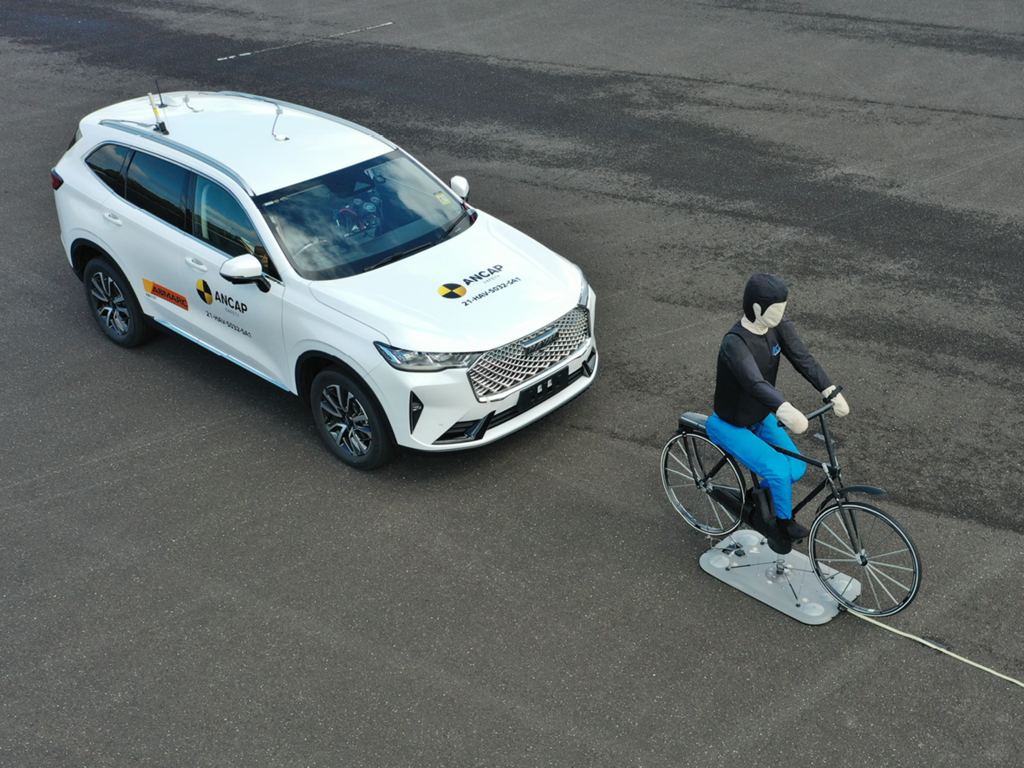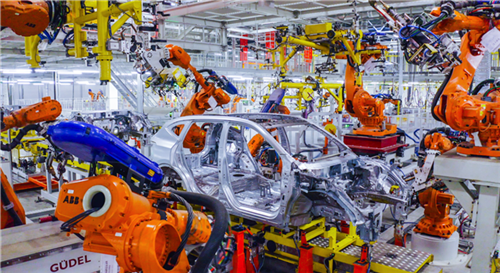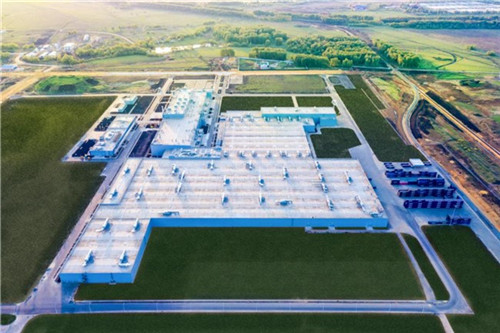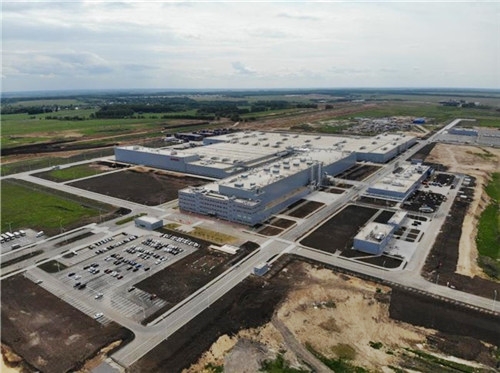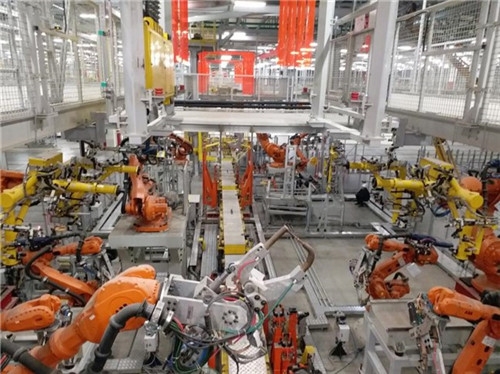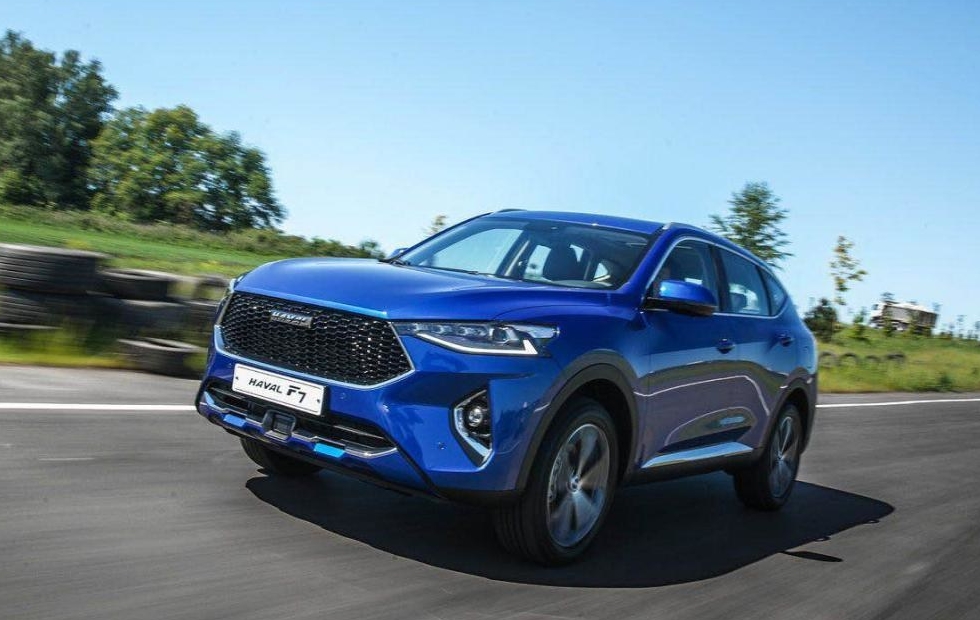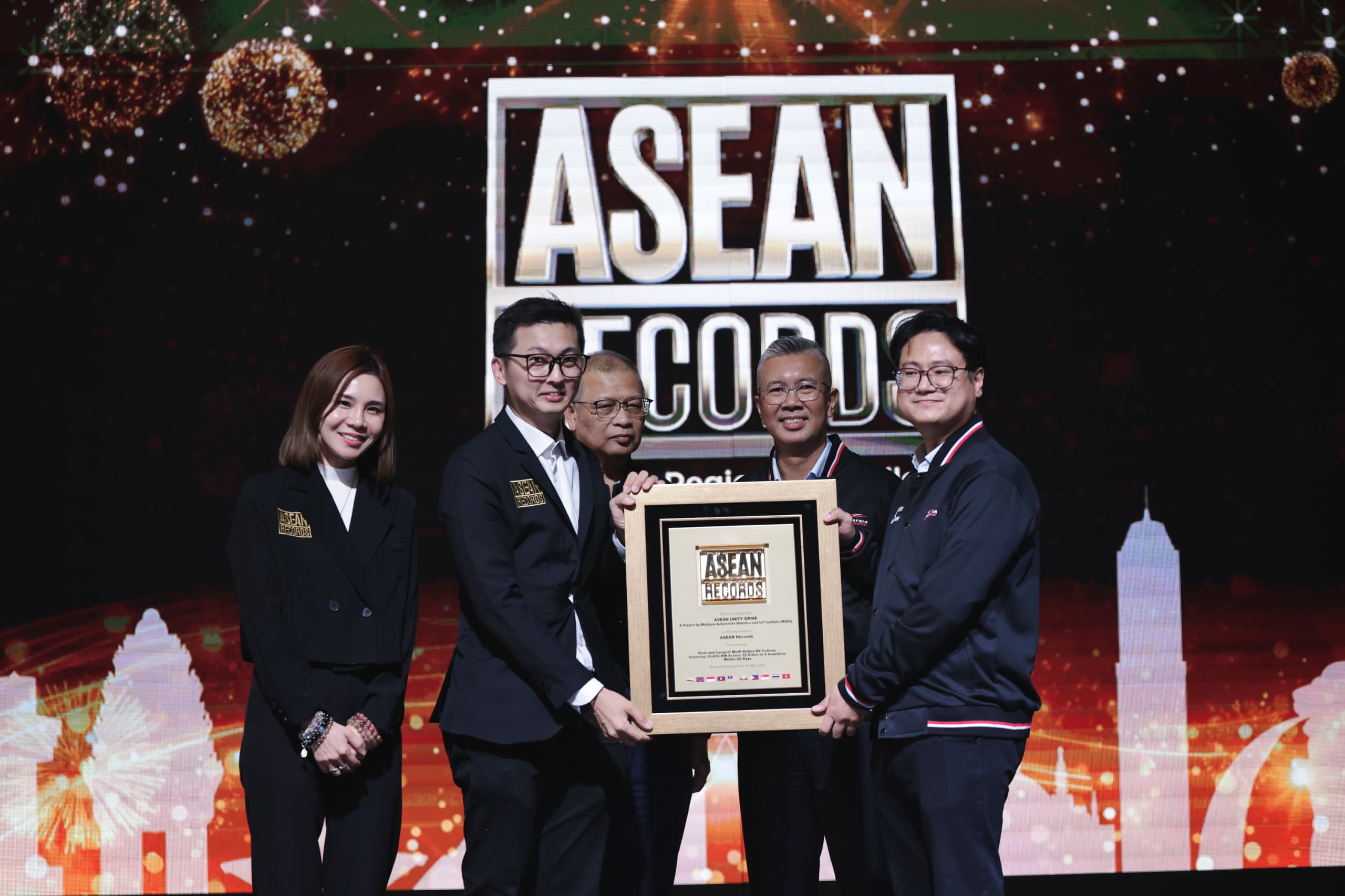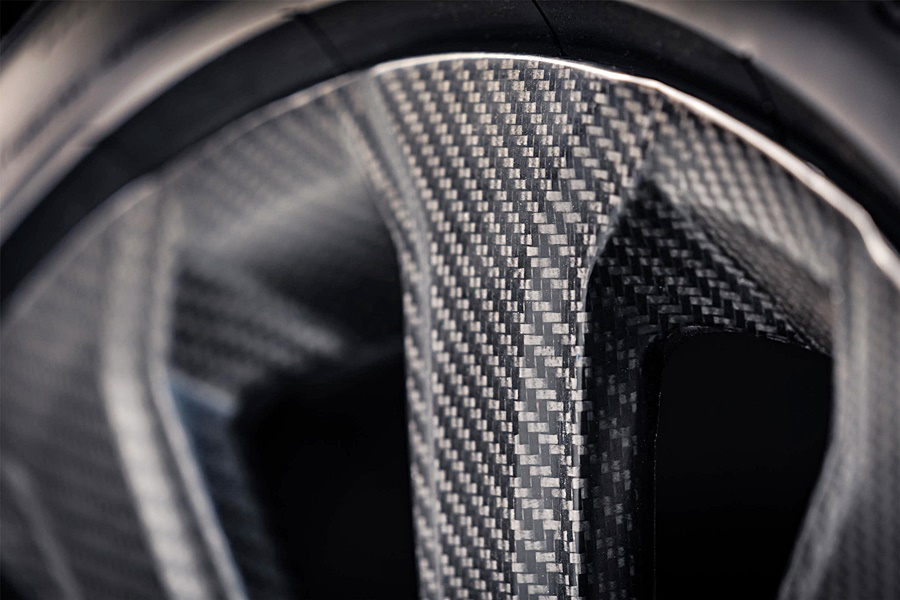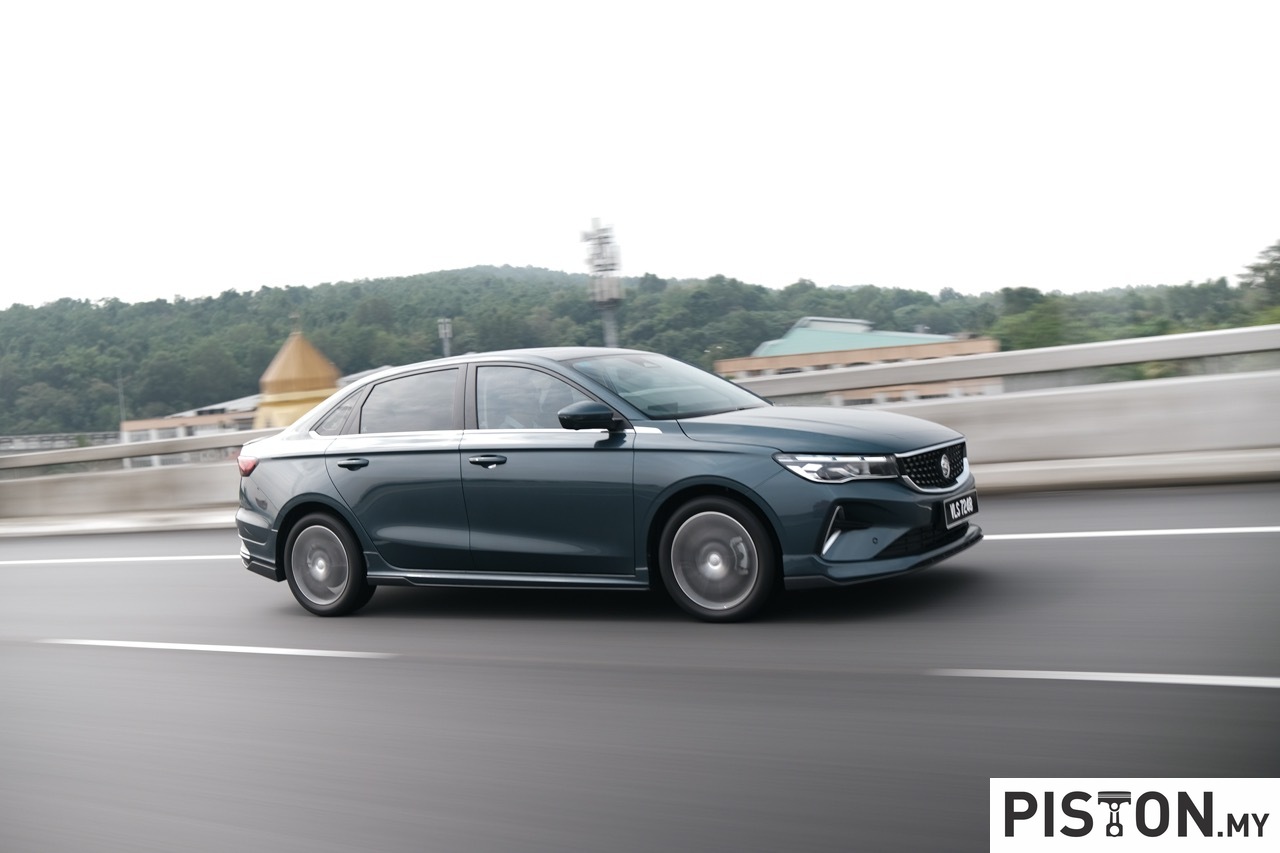Ever since it was first introduced to the Malaysian market in 2024, the GWM Haval H6 has been making waves in the local market.
Buyer’s love it for its size, comfort, power and even its efficiency. During its launch, GWM Malaysia was keen to highlight the fact that the Haval H6 needed just 5.8 litres of fuel to travel 100km.

In all respects, that is an astonishing figure. With the current price of Ron95, that would mean you need just RM11.90 to travel a distance of 100km, making it an ideal companion for those who spend a lot of time on the road.
With that in mind, it is undeniable that the Haval H6 is a tempting proposition, especially in time where prices of everything seem to be on the rise. It also carries an official price tag of just RM139,800. Simply said, it is quite brilliant.
Now besides the fact that it is shockingly efficient, its large size also makes life behind the wheel more convenient especially for families, making it unbelievably comfortable thanks to its plush seats and space for taller passengers.
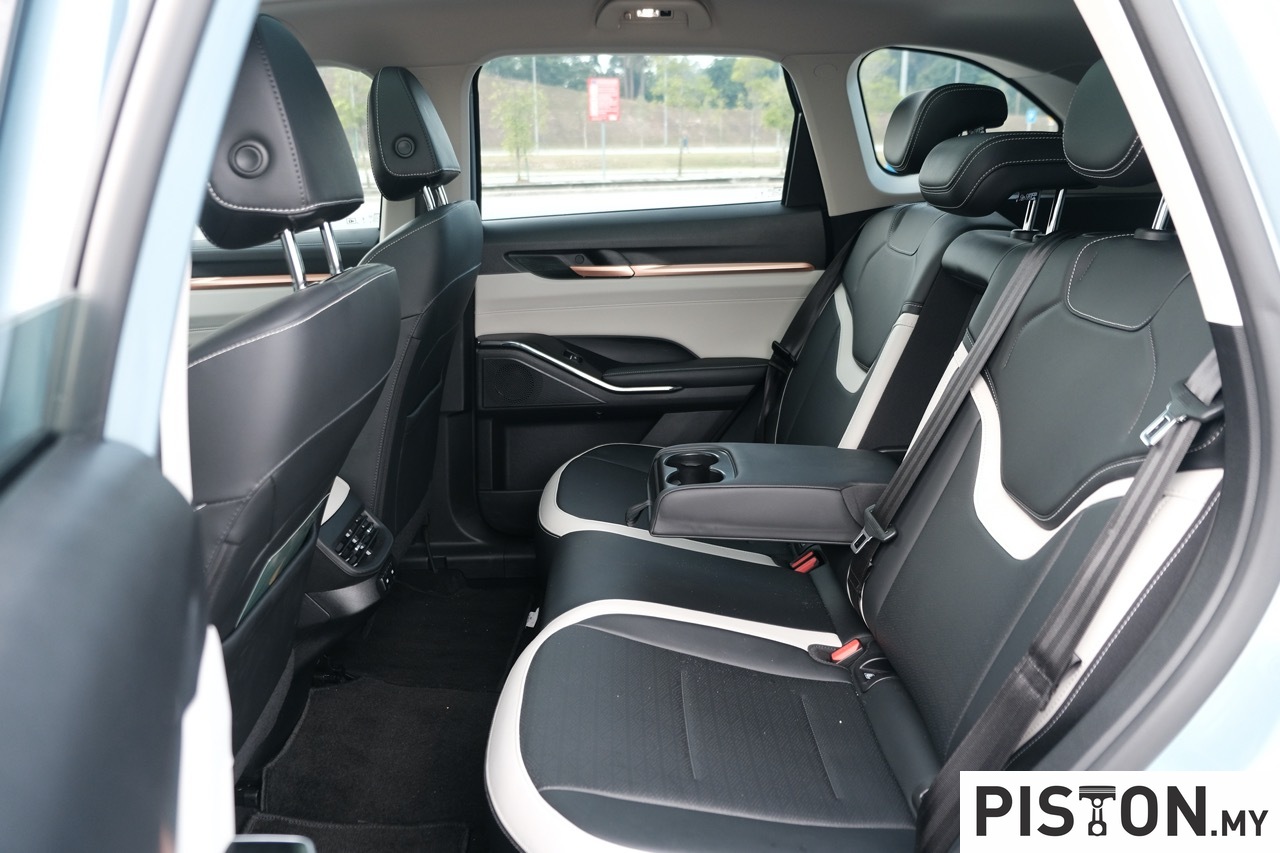
But the real star of the show here is the powertrain. You see, when going about your daily business, what good is a car that is big, comfortable and spacious if it chugs fuel quicker than you could read this article?
That is something that the Haval H6 excels at thanks to its turbo hybrid powertrain. Based on the official figures from GWM Malaysia, the Haval H6 should have a theoretical range of 1,052km with its 61-litre tank.
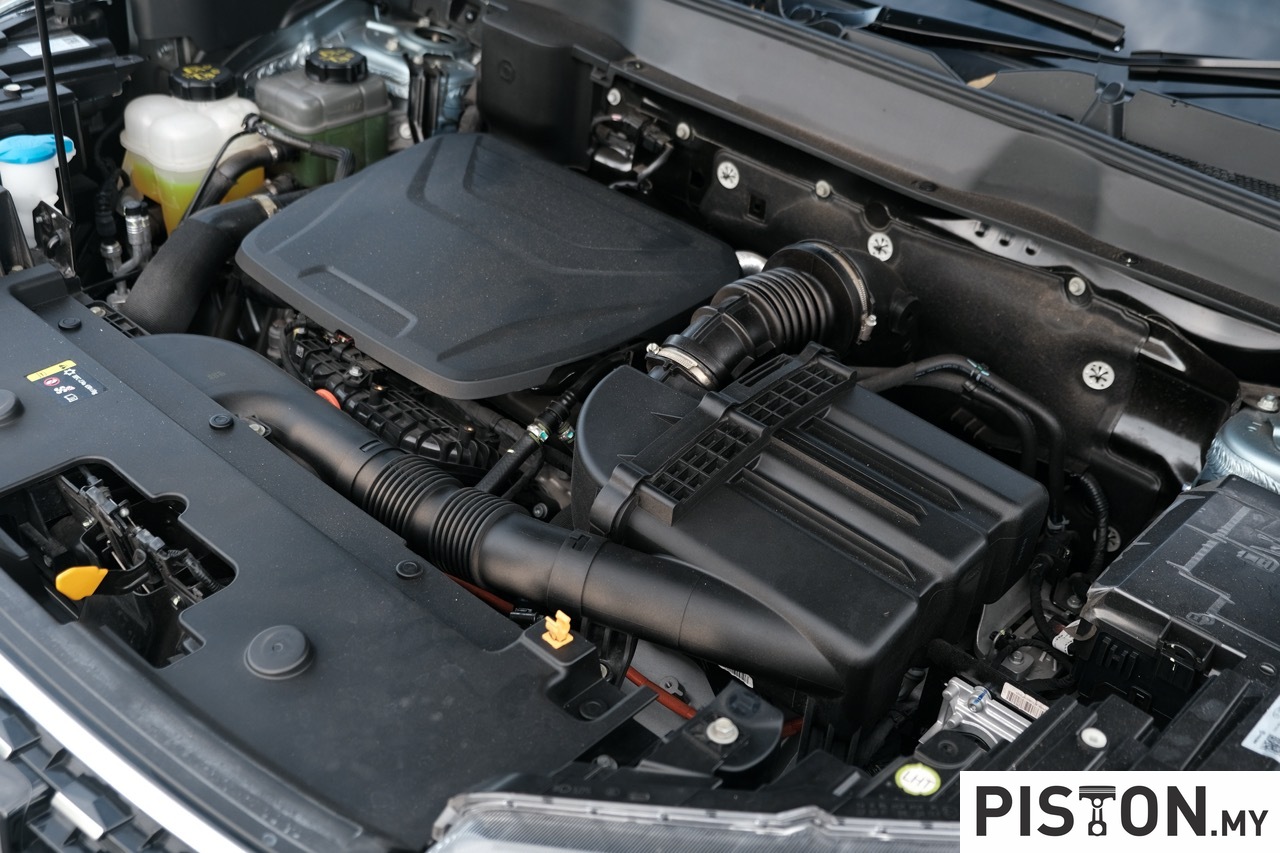
But theoretical figures are just that, theories. So, to prove that the Haval H6 is as efficient as they say it is, GWM Malaysia organised a fuel efficiency challenge to see how far its users can go in the real world.
You may probably want to sit down for this because what you read next might come as a shocker; the person that came in sixth in the challenge achieved a remarkable 1,077km in the real world. And the winner? Well, he achieved an astounding 1,204km. A fantastic figure from a car that is powered by a 1.5-litre, turbocharged engine.
So how does the Haval H6 achieve this?
So, it’s 1.5-litre, turbocharged, four-cylinder engine puts out 150PS at 5,500rpm and 230Nm of torque from 1,500rpm.
Helping it manage the heft of the car is a permanent-magnet synchronous motor that puts out 177PS and 300Nm of torque. The combined system is then mated to a two-speed Dedicated Hybrid Transmission, while the combined system output is rated at 243PS and 530Nm of torque.
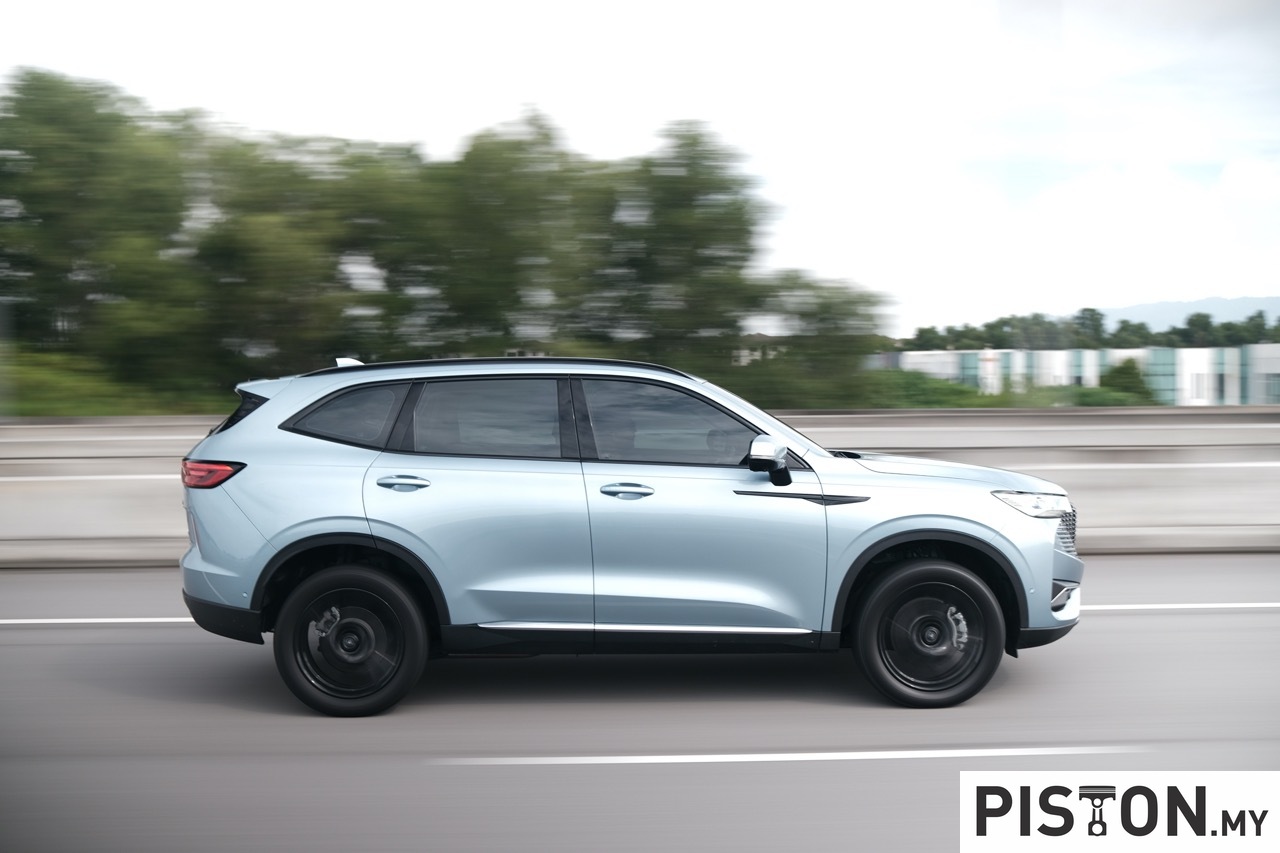
On the move, it is the electric motor that does most of the heavy lifting. So, when you are driving around town or when you are stuck in traffic, it is the motor that provides propulsion. But when you hit higher speed such as on highways, the engine takes over.
So, the Haval H6 intelligently swaps between the two system and decides which works best to maximise efficiency by calculating all situations when driving such as the topography of the road and the driver’s power requirements.
And the best thing about this powertrain? There is no need to stop and charge as compared to some of the plug-in hybrid equivalents which also have an eye on efficiency and maximising range.
Besides the fact you don’t need to attach a cable to give you better range, the smaller batteries used also maximise interior space. This improves interior packaging and hence allows the designers to improve sitting and storage space.
So, what else makes the Haval H6 ideal for daily driving?
Efficiency is undeniably all the rage these days. Buyer’s want something that can go as far as possible for as little money as possible. That seems to be the holy grail. But it has already been well proven and documented that the Haval H6 can do just that.
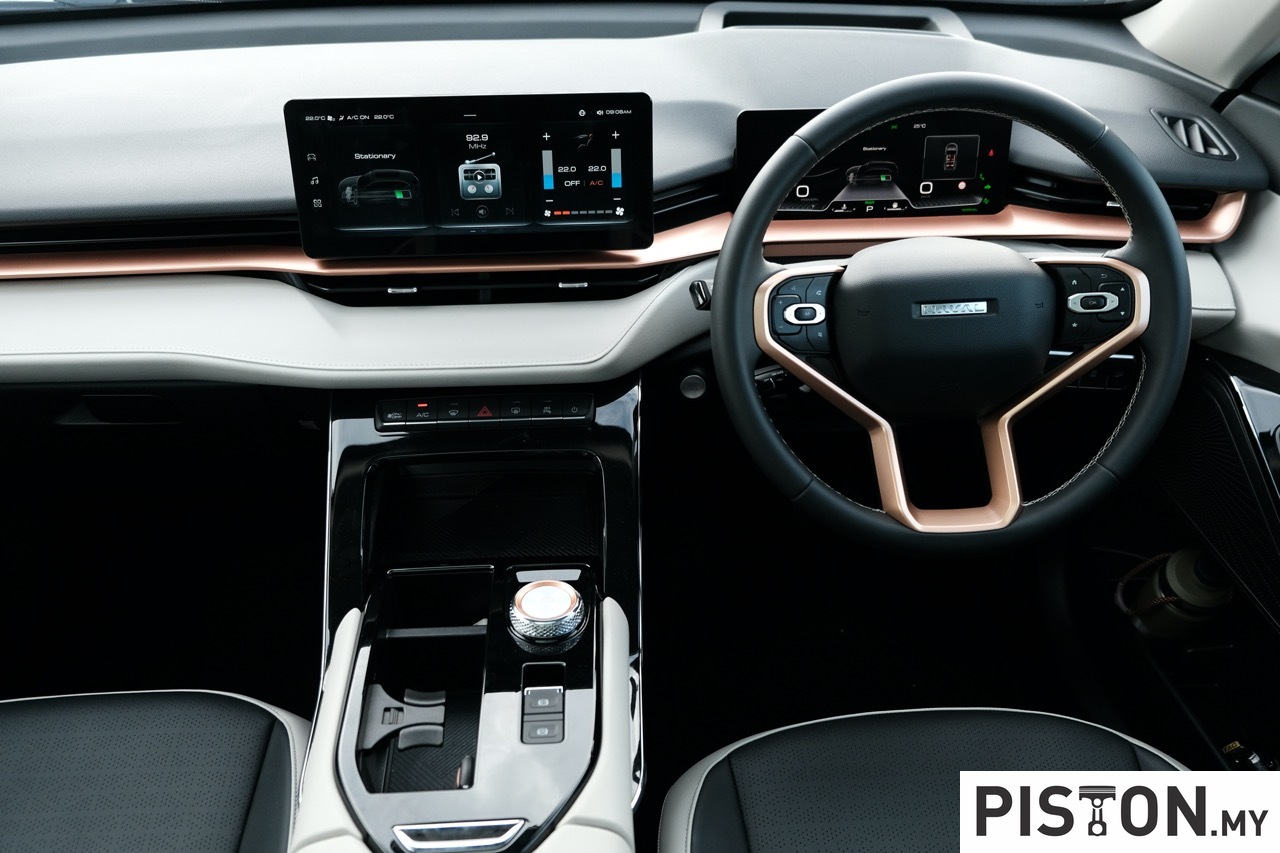
So, to seal the deal, the Haval H6 comes with an armada of safety systems designed to ensure you are kept safe in all situations.
It comes with six strategically placed airbags all around the cabin as well as a complete Level 2 ADAS safety suite. This includes such systems as autonomous emergency braking, front and rear collision warning, lane departure warning, lane keep assist and lane centre keeping.
There is also a unique system called the Wisdom Dodge System. This system automatically detects and controls the car to keep a fixed distance from large vehicles such as trucks. Not only that, it can also overtake the truck and automatically steer the car back to its original lane after passing. All in the name of ensuring safer overtaking.
Should you buy one?
If you’re in the market for a large, efficient SUV with acres of interior space for the family as well as good storage space in the boot, then it is more a question of why not?
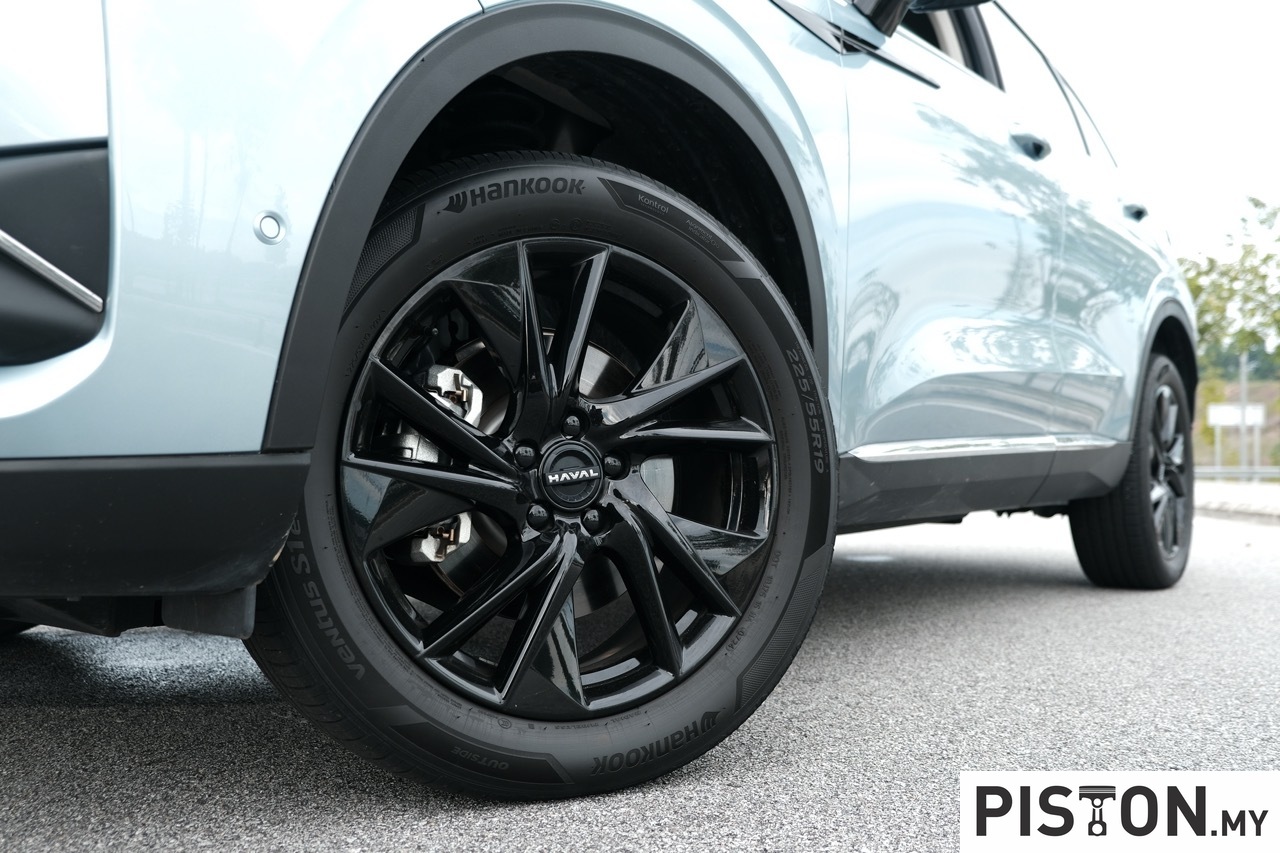
At its price, it is a no-brainer because it does everything its rivals can do, only for cheaper and without having to constantly plug in to charge its batteries.
So, if you like living life unplugged, you might be thrilled to know the Haval H6 also comes with a 10-year or one million kilometre warranty and a eight-year of one million kilometre warranty on the hybrid system, including the transmission, battery, cables as well as the transmission control unit.
But besides the Haval H6, GWM Malaysia is also making its other models rather tempting with an assortment of promotions for the month of March. This includes:
Five years of free maintenance for all GWM models with parts and labour included, * including the GWM Ora Good Cat, GWM Ora 07, GWM Tank 300, and GWM Haval H6 HEV
Enjoy savings of up to RM25,000, attractive low interest rates, and a complimentary home wall box charger with the GWM Ora Good Cat and GWM Ora 07.*
GWM Ora 07 comes with a 6+2-year full vehicle warranty (excluding wear and tear).*
Drive GWM Tank 300 with confidence with a 6-year unlimited mileage warranty*
Enjoy 10,000 km of free mileage and with the GWM Haval H6 HEV.*
So, if you’re in the market for a new car, the GWM stable of models is looking rather tempting.

